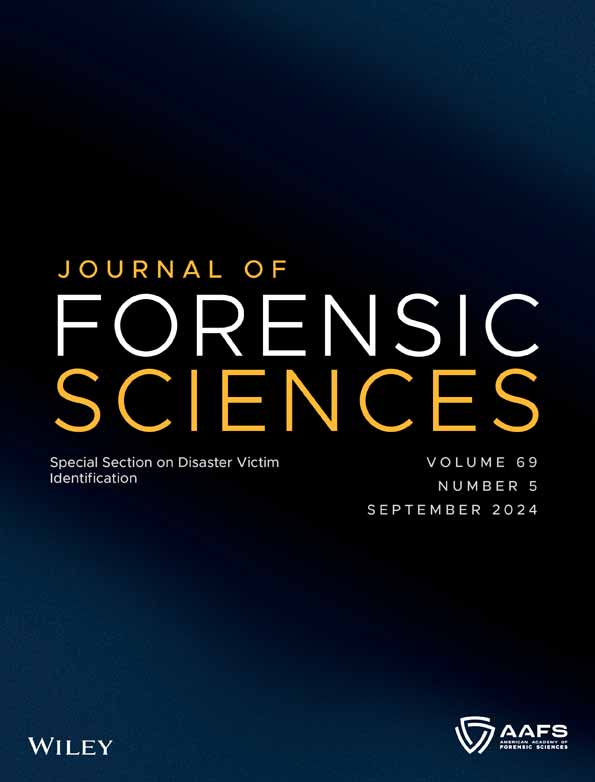A detailed study on human height estimation model that combines video surveillance systems with 3D laser scanning
Abstract
The increase of video surveillance systems has highlighted the interest in forensic anthropometric analysis of subjects who commit crimes and are captured by cameras during their criminal activities. There are different methodologies for human height estimation. Forensic researchers developed a methodological approach that allows the height of a subject to be estimated through a combined model of 3D laser scanning acquisition and video images acquired by video surveillance systems. The proposed study had highlighted three limits: not assessments had been made for image correction to limit the distortion effect, the method had been tested by only one laboratory and probably height assessment was dependent on the ergonomics. To overcome these limitations, in this paper the analysis was repeated by correcting the images to compare the new results obtained with the previous ones. Furthermore, the same methodological approach was applied by estimating the height of a mannequin, to limit the ergonomic effects, and proposing the same study to three different forensic laboratories to compare the results. The presented study demonstrates the reliability and repeatability of the system, as the results obtained by the three laboratories are very similar. They have obtained the same trend and the maximum estimate distance is approximately 6 cm. Furthermore, it has showed that the accuracy of results is dependent on image correction, which has little impact (approximately 1 cm more accurate on the corrected frame than the normal frame) on the height evaluation and they are not dependent to the ergonomics of the subject captured.
CONFLICT OF INTEREST STATEMENT
The authors have no conflicts of interest to report.




